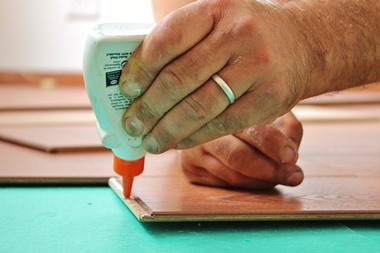Showing 1 to 15 of 2455 results


Augmented Reality on Android: Arquiz
Innovative Products and Technologies UNIVERSIDAD DE BURGOS![Quantitative Chirality and Concentration Sensing of Chiral Analytes Using Quinones, (Hetero)Aryl Isocyanates, and/or (Hetero)Aryl […]](https://static3.innoget.com/uploads//7c21c9fcf53febbad04ea9819dfeaf64270ff23a.png)

Quantitative Chirality and Concentration Sensing of Chiral Analytes Using Quinones, (Hetero)Aryl Isocyanates, and/or (Hetero)Aryl […]
Innovative Products and Technologies Georgetown University

Automatic, universal, robot-controlled press brake tool change system
Innovative Products and Technologies Laser Consult Ltd.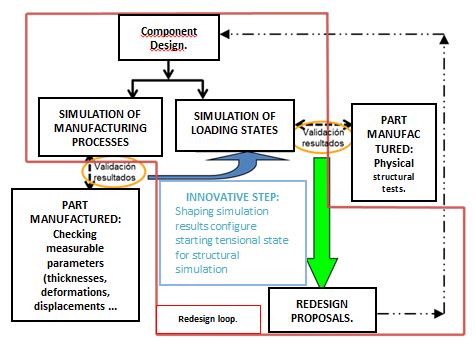

Manufacturing process optimization method for metallic components in the industry.
Innovative Products and Technologies UNIVERSIDAD DE BURGOS
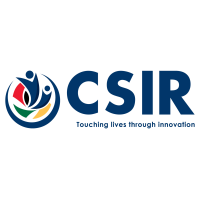
Encapsulation technology for probiotics and other sensitive actives
Innovative Products and Technologies CSIR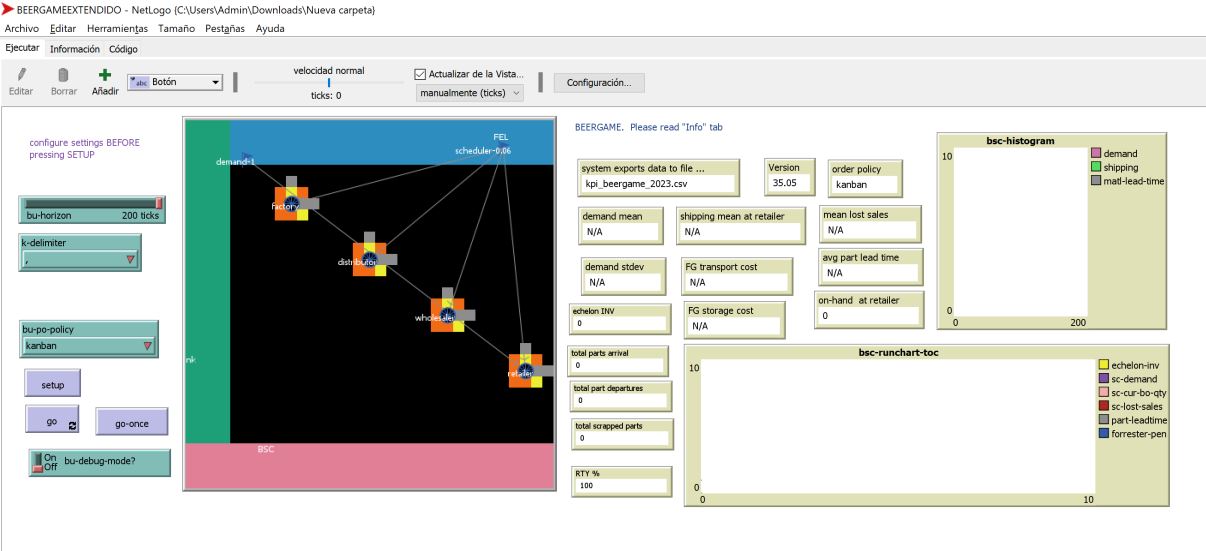

Software tool for decision making in supply chains
Patents for licensing UNIVERSIDAD DE BURGOS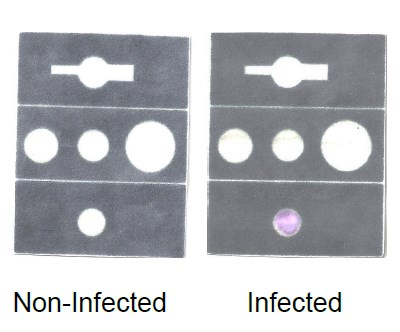

Foldable paper-based devide for detection of infection in body fluids
Patents for licensing Universitat Politècnica de Catalunya - UPC

HADA (Hearing Impaired Assistance Tool). Real-time text and video streaming for the hearing impaired people
Patents for licensing UNIVERSIDAD DE BURGOS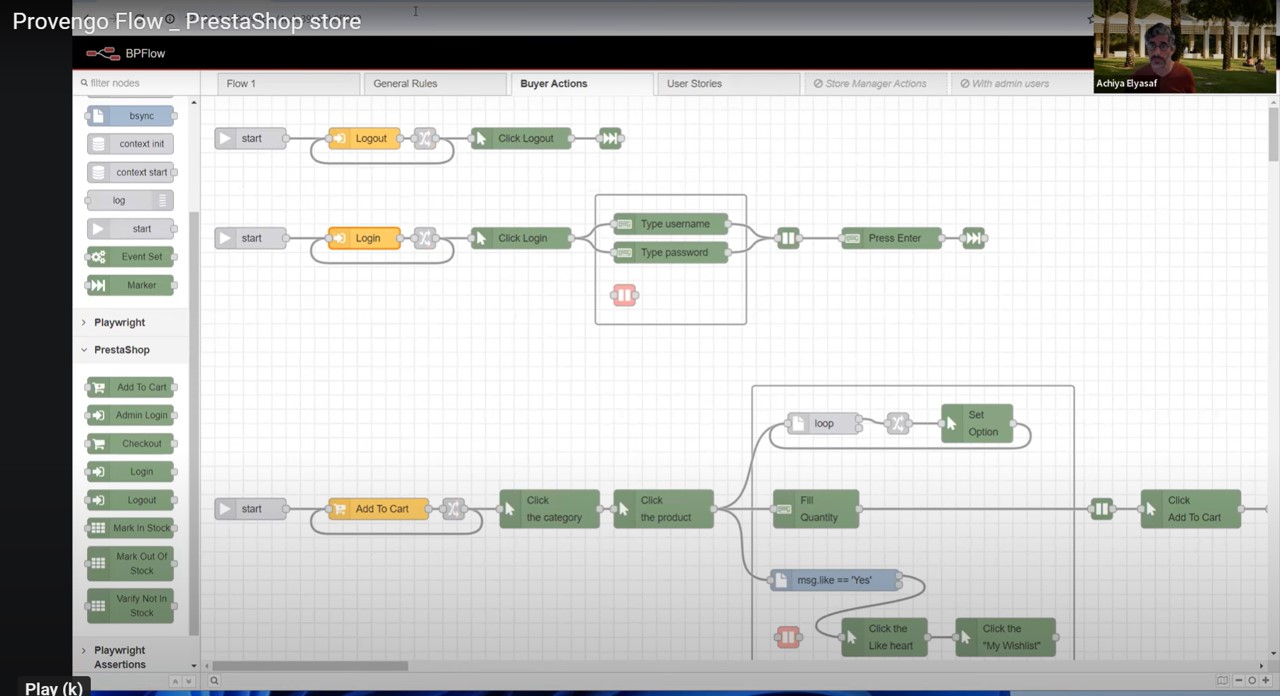

A testing platform for code written with GenAI (copilot, code wisperer, Llama
Innovative Products and Technologies Provengo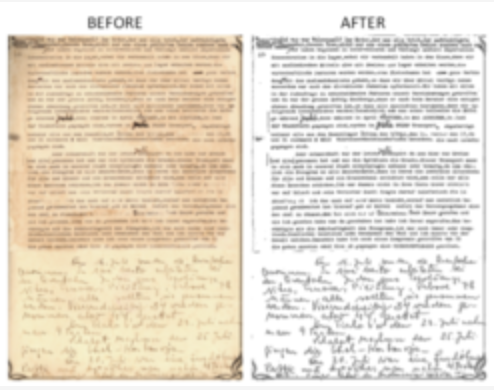

Automated Image Enhancement for Document Legibility
Innovative Products and Technologies Georgetown University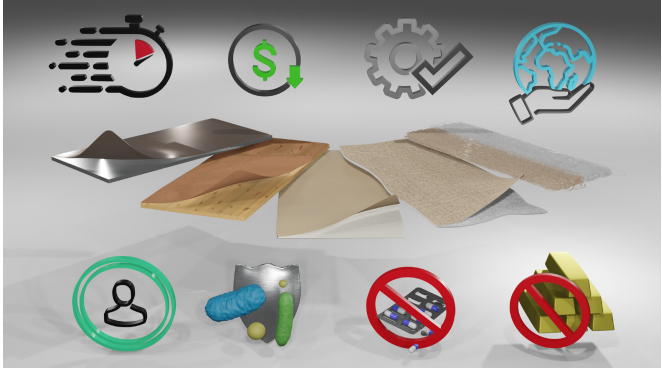
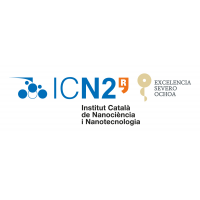
Biocompatible and bioinspired polymers for multifunctional coatings
Knowhow and Research output ICN2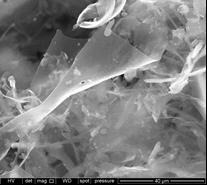

Sustainable graphene materials from gren coke
Patents for licensing CSIC - Consejo Superior de Investigaciones Científicas

New wheel slip reset controller for brake systems
Patents for licensing University of Vigo

A sea wave detector for improved autopilot systems
Patents for licensing Universitat Politècnica de Catalunya - UPC